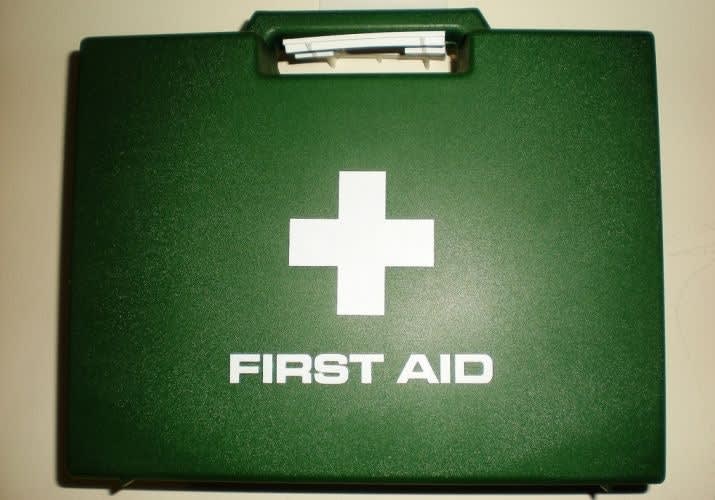Most of the academy students seem to think that when you get to a scene the ambulance will already be there with EMTs available to handle the trauma. This is so far from the truth it's almost funny. That's why you need to pay attention in class!
While you're at it, try to determine how you could perform self-aid. Many times you're going to be the solo officer on a call and you could become injured. What will you do until the ambulance arrives? Approach the course material with this in mind so you'll know how to react.
Don't think that because you are young and strong this will never happen. Such a mindset will get you into trouble. Most tactical teams are now teaching self-aid and buddy aid because they recognize the importance of such skills. They've learned this from the military and learned well. Remember, you need to get yourself back into the fight so you can keep the mission moving forward. People are depending on you.
Equipment
Most departments will issue some first-aid equipment to you - a CPR mask and gloves at a minimum. Additionally, each vehicle will have some cookie cutter first-aid box in the trunk. But if you're relying on this, inspect it frequently, especially if you have fleet cars. It never fails; some officer will ride a crash and perform some first-aid and never replenish the supplies that were used.












